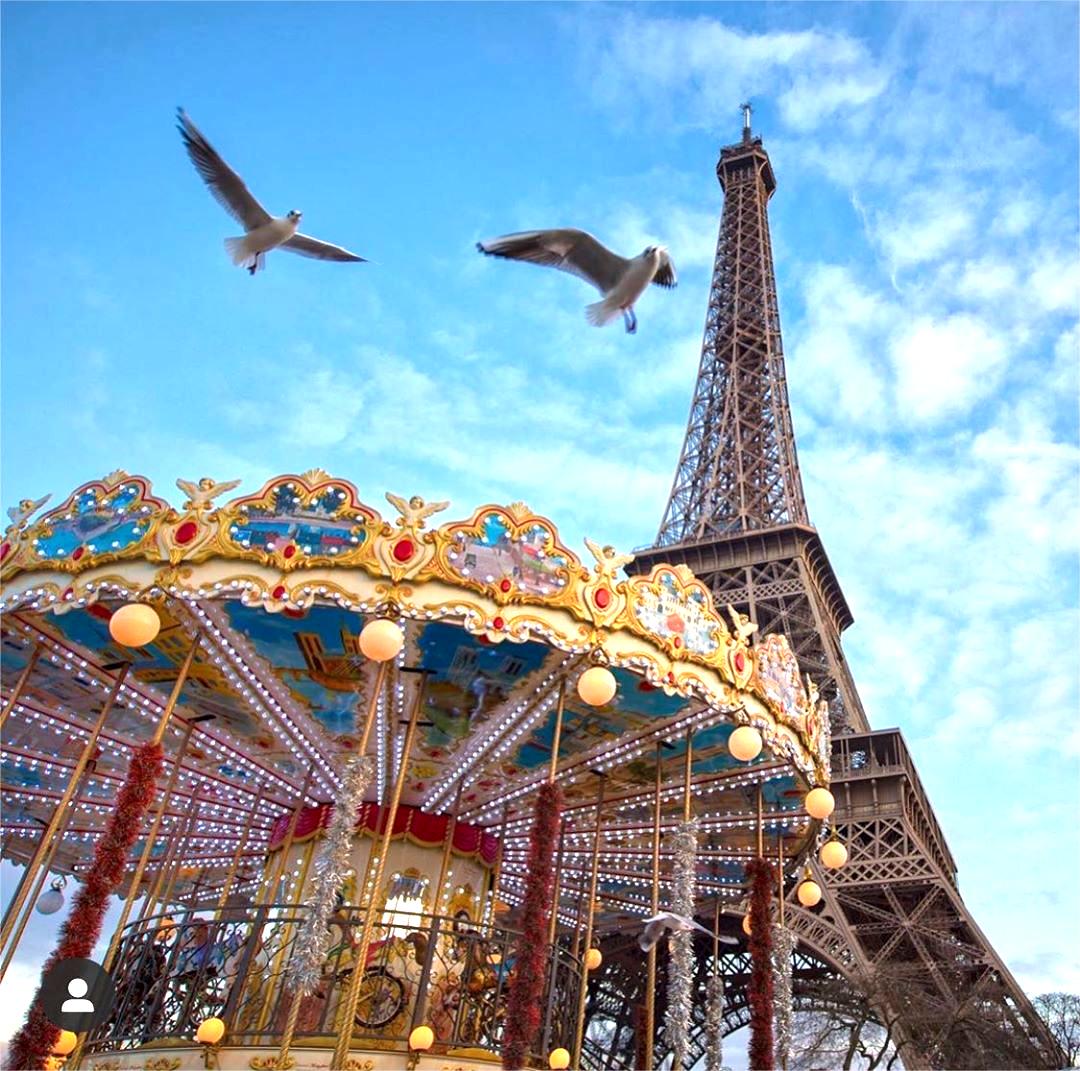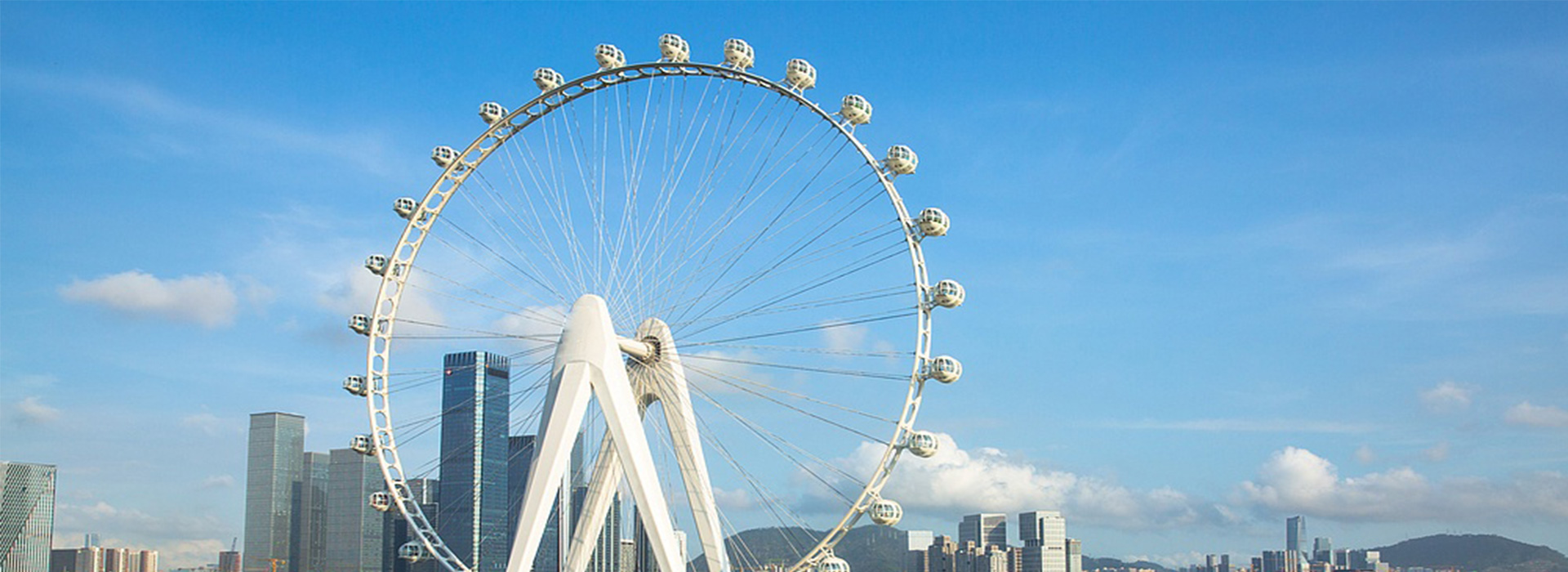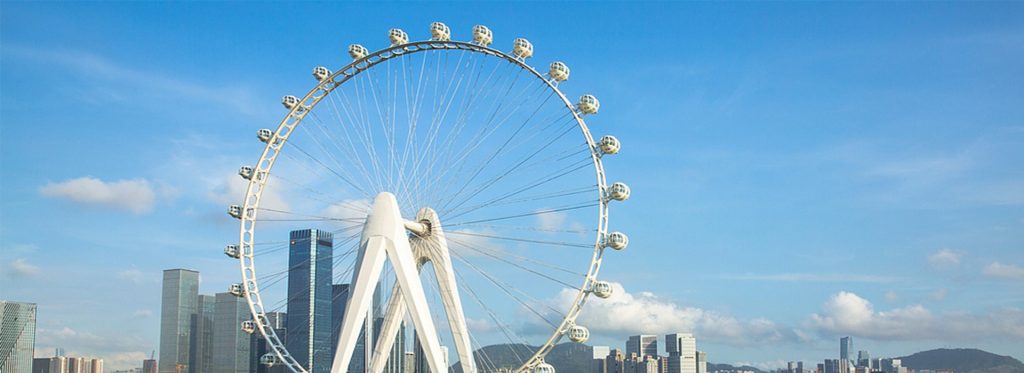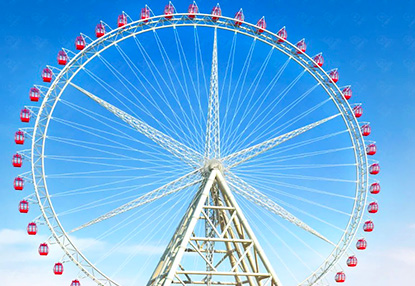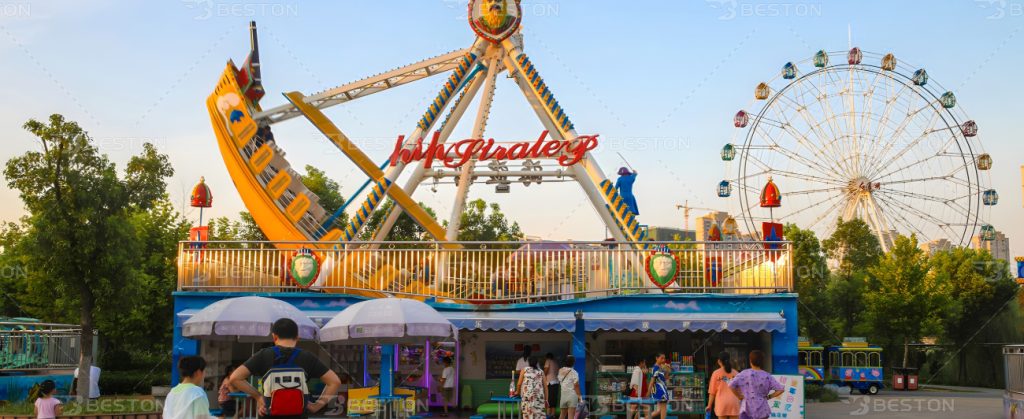In the dynamic world of amusement attractions, choosing a trustworthy and capable manufacturer can determine the success or failure of your investment. While rides like the swing tower ride and drop tower ride have their unique features and manufacturing demands, the same scrutiny should apply to any carousel ride supplier. This article dives deep into understanding how to assess production capabilities effectively when sourcing carousel rides (карусель аттракцион) from Chinese manufacturers.
Why Production Capability is a Critical Factor
When you buy a carousel ride, you’re not just purchasing a piece of equipment—you’re investing in a complex, interactive entertainment machine that must adhere to high performance, safety, and longevity standards. A manufacturer’s production ability tells you a lot about whether they can meet those standards.
Unlike simpler products, carousel rides require technical precision, a variety of materials, advanced assembly skills, and often, custom specifications. If your supplier lacks the infrastructure, machinery, or skilled labor to handle this complexity, you could face delays, malfunctions, or costly reworks.
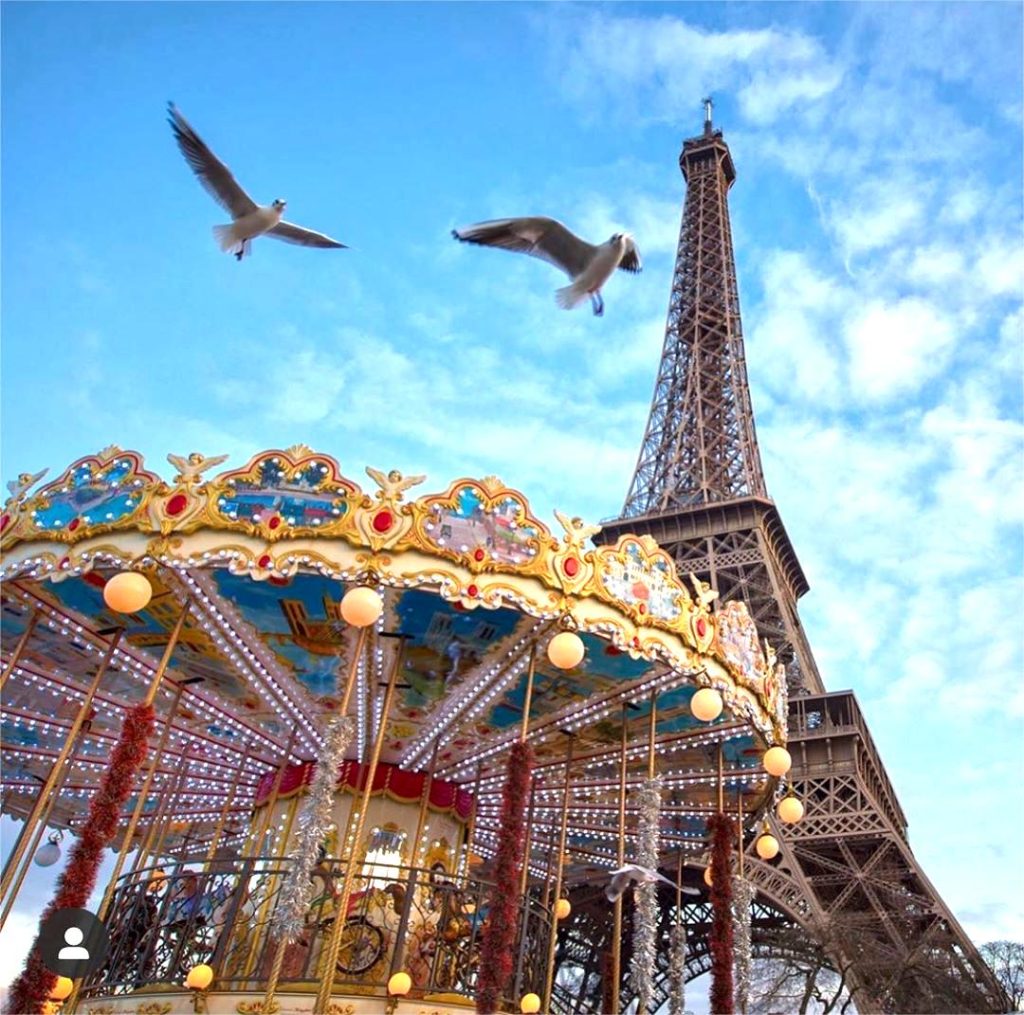
Key Aspects of Production Infrastructure to Review
The first thing to inspect is the physical factory setup. Does the manufacturer operate out of a small workshop, or do they own an industrial-scale facility? Are there multiple production lines, and how automated is their workflow?
Companies producing high-quality carousel rides generally own CNC machines, robotic welding stations, automated painting systems, and dedicated testing zones. These technologies not only improve efficiency but also maintain consistency—vital when dealing with mechanical amusement attractions.
Workforce Capabilities and Technical Experience
A state-of-the-art factory means nothing if the workforce lacks experience. Reliable manufacturers often employ engineers with specialized knowledge in mechanical and electrical systems. Ask about their staff qualifications and how many years of experience the team holds in building carousel rides or even more complex systems like a drop tower ride (аттракцион свободное падение).
It’s also helpful to know if the company provides in-house training or partners with technical institutions. A team that’s continuously learning is more likely to deliver innovation and precision.
Customization and Design Versatility
Many amusement parks don’t want off-the-shelf rides—they seek themed, customized experiences. Can your carousel manufacturer handle special requests? Do they offer flexible design options, such as varying the number of seats, selecting different animal figures, or integrating lighting and music systems?
More advanced manufacturers even offer 3D modeling or augmented reality previews to help buyers visualize the ride before it’s built. Such capabilities reflect not just creative flexibility, but also advanced engineering processes.
Production Lead Times and Output Volume
Another essential indicator of a manufacturer’s capability is their ability to deliver carousel rides within a reasonable timeframe. Consistent delays can signal deeper production inefficiencies or over-committed capacity. Ask how many units they can build in a month and how long a single carousel takes to complete.
If the manufacturer also builds high-demand rides like a swing tower ride (седьмое небо аттракцион) or roller coasters, their scheduling and delivery systems must be highly organized to avoid bottlenecks. You want a partner who understands timing is key in the amusement industry.
Quality Control and Compliance Processes
Assess whether the company follows strict quality control procedures throughout production. Reputable manufacturers often have checkpoints at various stages—material selection, frame welding, electrical setup, and final testing. ISO 9001 certification is a basic requirement, but higher-level manufacturers implement Six Sigma or lean manufacturing practices to reduce defects.
If possible, request documentation on recent inspections or factory audits. You might even ask to conduct a virtual or on-site tour to validate their claims. For rides (аттракционы) involving vertical motion like a drop tower ride, even slight misalignments can pose serious risks, so meticulous QC is vital.
Examples of Previous Projects
Another way to evaluate production capacity is by reviewing past projects. Has the manufacturer completed large-scale installations in theme parks? Can they share references, testimonials, or case studies involving complex rides?
If they’ve delivered swing tower rides or customized carousel designs to international buyers, that’s a good indicator they can handle your specific requirements. Experience in overseas shipping and installation also suggests they’re equipped for global business operations.
Final Considerations Before Making a Decision
Once you’ve assessed production capability, don’t forget to verify warranty terms, after-sales support, and spare parts availability. The best manufacturers offer long-term service plans and clear maintenance documentation.
Also, check if the manufacturer follows environmental and safety regulations during production. Adherence to environmental management standards like ISO 14001 can be a sign of responsible business practices.
Conclusion: Aligning Capability With Your Vision
Evaluating a Chinese carousel ride manufacturer isn’t just about price—it’s about whether they can realize your vision for a reliable, attractive, and safe amusement attraction. By focusing on production capability, especially with attention to design flexibility, technical infrastructure, and staff expertise, you ensure that your investment pays off for years to come.
Whether you’re buying a classic carousel, an electrifying swing tower ride, or a heart-pounding drop tower ride, choosing a capable partner is non-negotiable. Ask the right questions, demand transparency, and you’ll be better positioned to grow your amusement business with confidence.

